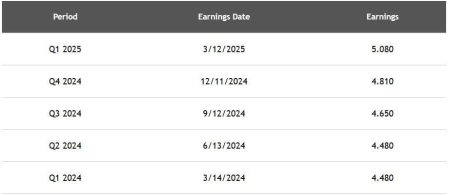Last week witnessed a robust stock market performance, continuing the upward momentum that began after the lows on November 15th. Following the sharp declines from post-election highs, there was growing concern that the rally spurred by Trump’s election might have hit its limit. At these highs, the daily Advance/Decline (A/D) lines were above their moving averages and indicated a positive trend; however, neither the S&P 500 nor the NYSE A/D lines reached new highs. Despite this, the daily A/D lines displayed clear uptrends at the close on November 15th. Meanwhile, the weekly and monthly A/D lines remained bullish throughout the year, suggesting foundational strength in the market.
In my analysis of the A/D indicators, a bearish divergence would not be confirmed until these lines fell below prior lows, warranting a more cautious trading strategy—specifically, tighter stops on long positions and a consideration of inverse ETFs. Instead, the market ended the week on a high note, further solidifying last week’s gains. Leading these gains, the Dow Jones Transportation Average ($TRAN) rose by 1.5%, followed closely by a 1.4% uptick in the Dow Jones Industrial Average ($INDU). The S&P 500 and the Dow Jones Utility Average also recorded gains of 1.1%. Small caps, represented by the iShares Russell 2000 (IWM), showed a 1.3% increase, outperforming the tech-heavy Nasdaq 100 Index, which gained only 0.7%. The only sector that faced a decline for the week was the Spyder Gold Trust (GLD), dropping by 1.7%, although it remained the top performer year-to-date with a 28.5% increase.
Throughout November, the IWM outperformed other indices with a notable rise of 9.1%, followed by $TRAN at 8%, and $INDU at 6.3%. The advancement of the market was reflected in the NYSE Composite, with 1,932 issues advancing against 916 declining. The NYSE Composite experienced a 5.37% increase in November, while the monthly starc+ band for December stood at 21,033. The essential two-month low is set at 19,196, with a strong 20-week EMA positioned at 17,741. The completion of a flag formation in late 2023 is vital, confirmed by the monthly NYSE A/D line moving above resistance in January 2024. This led me to take a contrary stance against the prevalent outlook on Wall Street, which anticipated a market slowdown after a significant January rally, as the S&P gained 5.2% that February.
For the Invesco QQQ Trust (QQQ), a 5.35% rise in November was noted as it surpassed the yearly resistance level of $512.48, with the monthly starc+ band for December found at $556.08. The underlying chart support was placed at $448.16, with a robustly rising 20-month EMA at $428.65. Notably, the Nasdaq 100 Advance/Decline line emerged above its weighted moving average in May 2023 and showcased a new high in November 2023, signifying strength through the year while avoiding negative divergences that impacted the NYSE and S&P 500.
Recent analysis from the previous week pointed towards momentum in yield trends, with the yield on the 10-year T-Note dropping significantly from 4.419% to 4.178%. The closing near the daily starc- band at 4.145% suggested that yields could experience a bounce in the coming weeks. A bearish divergence in daily MACD and MACD-His suggested a top in yields. Both indices peaked around mid-October before turning negative in the following weeks; their sharp drop indicated a persistence in the downward yield trend.
As a final takeaway for new positions, emphasis should be placed on understanding risk factors and proper stop placements. Sharp declines of one or two days reaching support levels can present more favorable risk/reward dynamics for entry points. Investors should remain vigilant, despite prevalent warnings of a market top, as many have misjudged the rally’s advantages since October 2022. Adaptive strategies and a focus on the prevailing market momentum can yield positive outcomes.










